
LOADING ...
In response to evolving domestic opinion, eMedals Inc has made the conscious decision to remove the presentation of German Third Reich historical artifacts from our online catalogue. For three decades, eMedals Inc has made an effort to preserve history in all its forms. As historians and researchers, we have managed sensitive articles and materials with the greatest of care and respect for their past and present social context. We acknowledge the growing sentiments put forth by the Canadian public and have taken proactive actions to address this opinion.
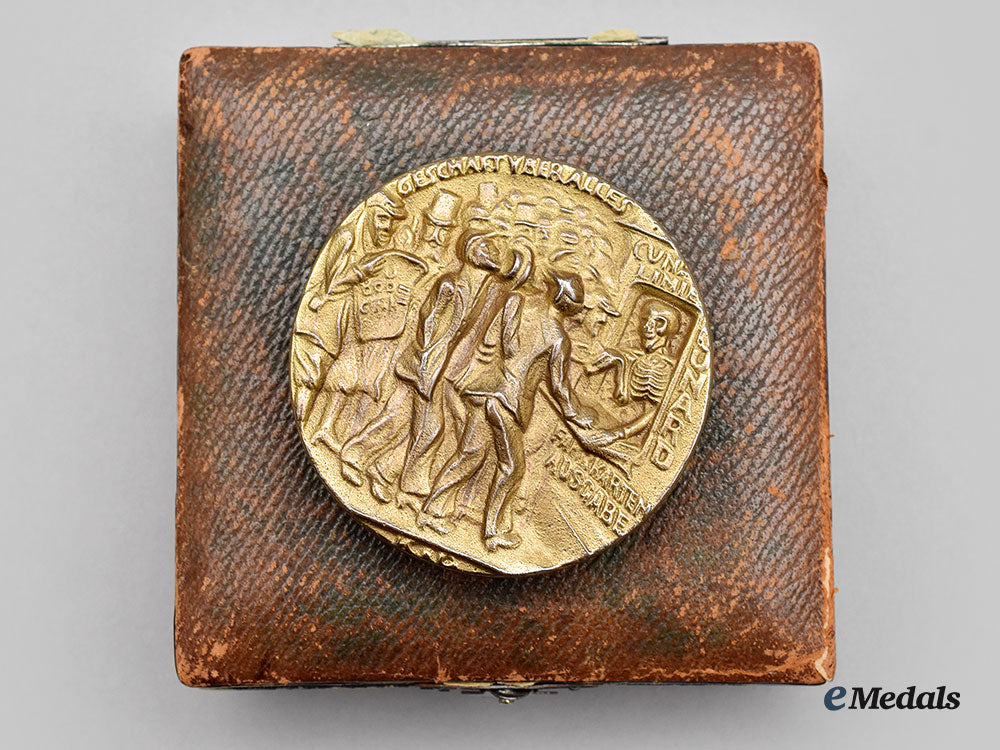
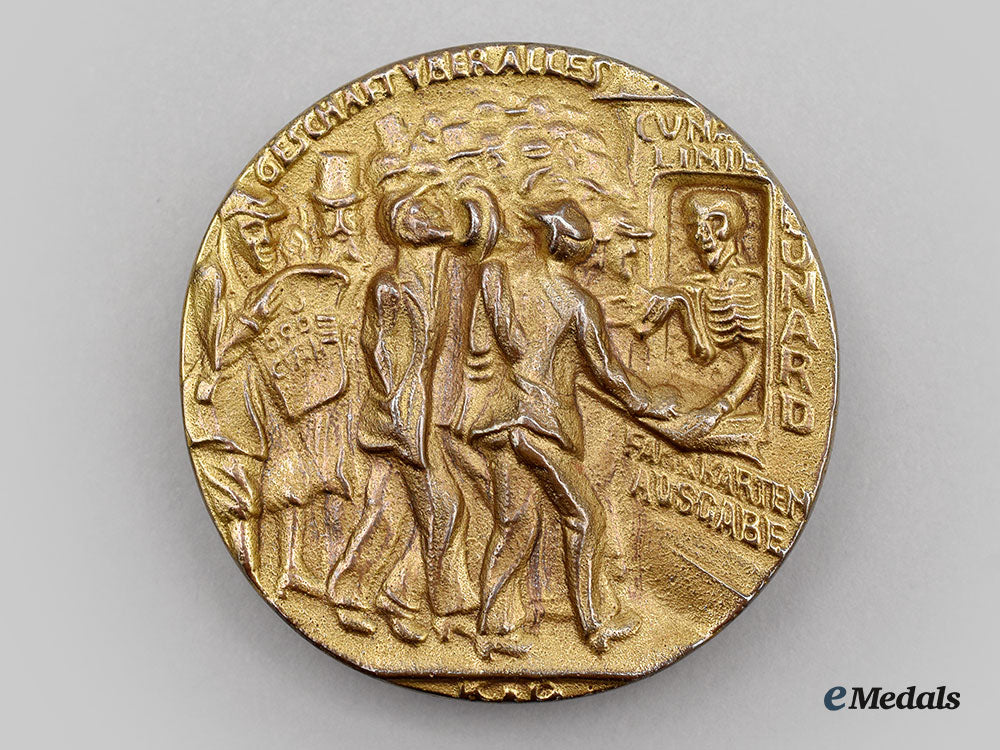
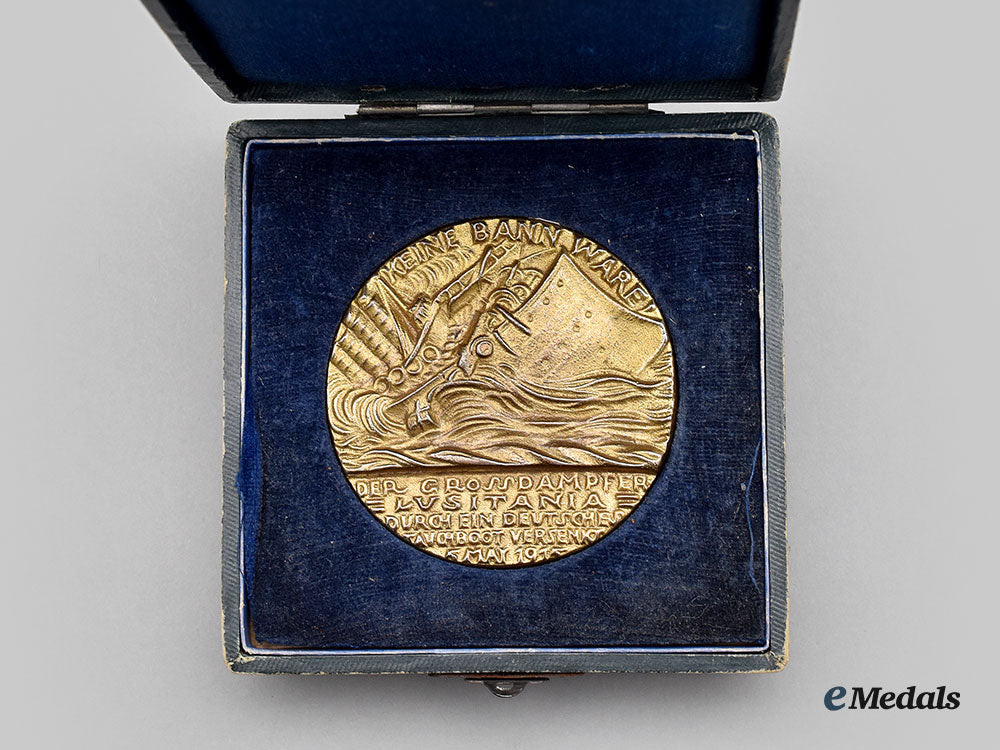
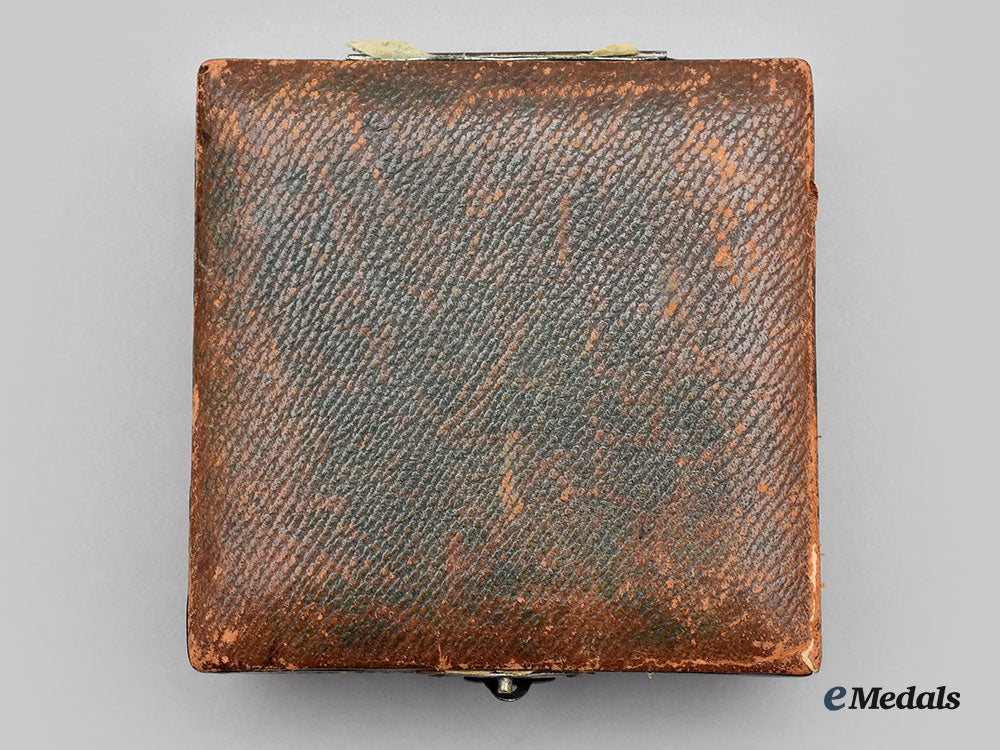
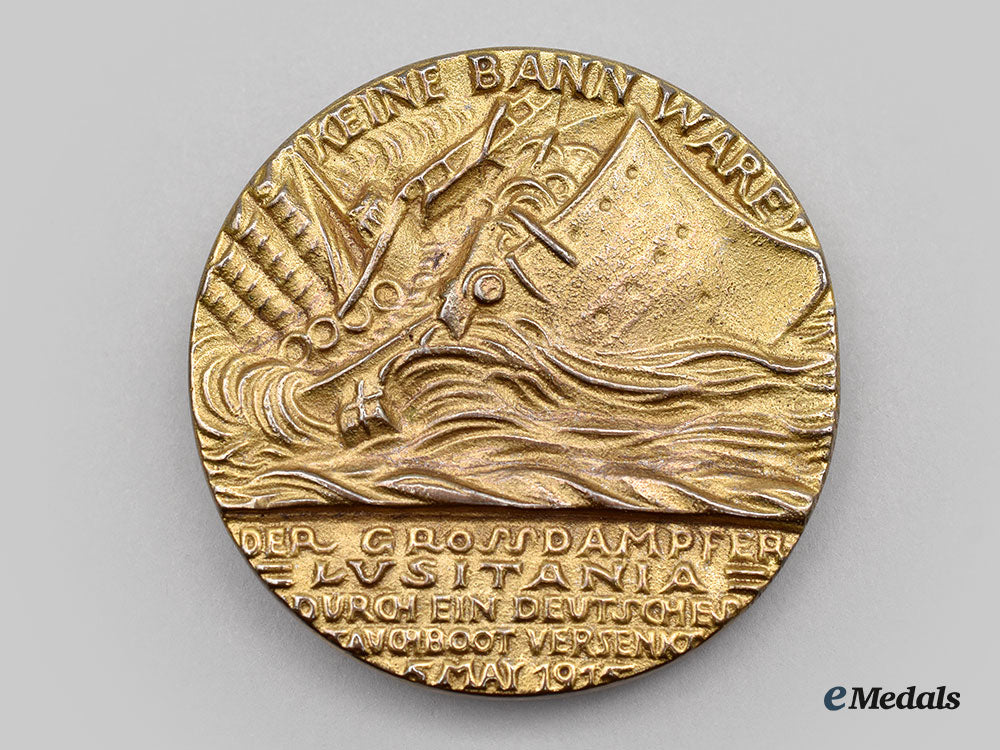
United Kingdom; Germany, Imperial. A Lusitania Medallion
United Kingdom; Germany, Imperial. A Lusitania Medallion
SKU: ITEM: GB7929
Current Bid:
Your Max Bid:
Bid History:
Time Remaining:
Couldn't load pickup availability
Shipping Details
Shipping Details
eMedals offers rapid domestic and international shipping. Orders received prior to 12:00pm (EST) will be shipped on the same business day.* Orders placed on Canadian Federal holidays will be dispatched the subsequent business day. Courier tracking numbers are provided for all shipments. All items purchased from eMedals can be returned for a full monetary refund or merchandise credit, providing the criteria presented in our Terms & Conditions are met. *Please note that the addition of a COA may impact dispatch time.
Shipping Details
eMedals offers rapid domestic and international shipping. Orders received prior to 12:00pm (EST) will be shipped on the same business day.* Orders placed on Canadian Federal holidays will be dispatched the subsequent business day. Courier tracking numbers are provided for all shipments. All items purchased from eMedals can be returned for a full monetary refund or merchandise credit, providing the criteria presented in our Terms & Conditions are met. *Please note that the addition of a COA may impact dispatch time.
Description
Description
In gilt iron, magnetic, obverse illustrating the stricken liner sinking, her stern submerged to left while her ram-shaped bow, laden with armaments, rises clear of the water (an image contradicting eyewitness accounts which stated that the ship went down bow first, the shape of the bow being a reference to the configuration of warships of the period and possibly a reminder that the British Admiralty had ordered merchant vessels to attempt to ram German submarines), smoke billowing from the vessel's four funnels, inscribed "KEINE BANN WARE!" (No Contraband Goods) above and "DER GROSS-DAMPFER=LUSITANIA=DURCH EIN DEUTSCHES TAUCHBOOT VERSENKT 5.MAI 1915" (the liner Lusitania sunk by a German submarine 5 May 1915) below, reverse illustrating Death in the form of a skeleton, behind the ticket office counter of the Cunard Line in New York, issuing tickets to a crush of passengers, sign above the window inscribed "CUNA LINIE" (Cunard Line), arranged vertically down the right side of the window is the word "CUNARD" and below the counter "FAHRKARTEN AUSGABE" (Ticket Office), at the extreme left of the crowd a man reads a newspaper bearing the headline "U BOOT GEFAHR" (U-boat Danger) and standing next to him is a top-hatted and bearded figure, a representation of the German Ambassador to the USA, Count Johann-Heinrich von Bernstorff raising a warning finger, inscribed "GESCHÄFT ÜBER ALLES" (Business Above All) above and the initials of the designer, "KG" (Karl Goetz) below the feet of the crowd, measuring 54.8 mm in diameter, scattered gilt wear, near extremely fine. In its hardshelled case of issue, forest green thatched exterior on five sides, black bottom, inside lid lined in royal blue satin, base with a recessed medal bed in navy blue felt, measuring 87.5 mm (w) x 87 mm (h) x 17.5 mm (d), exhibiting extensive wear on the exterior, light discolouration in the navy blue felt on the medal bed, case near fine.
Footnote: Shortly after 2:10 pm on Friday, May 7, 1915, in fine clear weather off the Old Head of Kinsale (a headland on southern coast of Ireland), the Cunard liner Lusitania (30,396 tons) was hit amidships by a torpedo. She was struck without warning and sank in a matter of twenty minutes. According to the latest evidence, 1,201 men, women and children were lost. Of these fatalities 128 were American citizens. The U20, the German submarine which fired the torpedo, circled the sinking ship then fled the scene, reaching its base at Wilhelmshaven on May 13th. The Lusitania Medallion was privately issued in Germany, to mark the circumstances of the sinking of the Cunard liner RSMLusitania in May 1915. British copies of the piece were subsequently widely distributed as part of a concerted anti-German propaganda campaign. The Munich-based Medallist, Karl Goetz, regarded the loss of the Lusitania as an event which stemmed directly from the bewildering irresponsibility of the British Government and the Cunard Steamship Company in allowing the return of the liner from New York to Liverpool at a time of intense U-boat activity. The significance of the reference to Count Johann-Heinrich von Bernstorff raising a warning finger is that on May 1, 1915, Lusitania's sailing day from New York, a German-sponsored announcement appeared next to the Cunard advertisement in all New York papers reminding passengers that Germany was at war with Britain and her allies and that the war zone included the waters around the British Isles, and any vessels flying the flag of Great Britain, or any of her allies, were liable to destruction in British waters. A second version of the medal was later issued correcting the date of the sinking, from May 5 to May 7, 1915.
Description
In gilt iron, magnetic, obverse illustrating the stricken liner sinking, her stern submerged to left while her ram-shaped bow, laden with armaments, rises clear of the water (an image contradicting eyewitness accounts which stated that the ship went down bow first, the shape of the bow being a reference to the configuration of warships of the period and possibly a reminder that the British Admiralty had ordered merchant vessels to attempt to ram German submarines), smoke billowing from the vessel's four funnels, inscribed "KEINE BANN WARE!" (No Contraband Goods) above and "DER GROSS-DAMPFER=LUSITANIA=DURCH EIN DEUTSCHES TAUCHBOOT VERSENKT 5.MAI 1915" (the liner Lusitania sunk by a German submarine 5 May 1915) below, reverse illustrating Death in the form of a skeleton, behind the ticket office counter of the Cunard Line in New York, issuing tickets to a crush of passengers, sign above the window inscribed "CUNA LINIE" (Cunard Line), arranged vertically down the right side of the window is the word "CUNARD" and below the counter "FAHRKARTEN AUSGABE" (Ticket Office), at the extreme left of the crowd a man reads a newspaper bearing the headline "U BOOT GEFAHR" (U-boat Danger) and standing next to him is a top-hatted and bearded figure, a representation of the German Ambassador to the USA, Count Johann-Heinrich von Bernstorff raising a warning finger, inscribed "GESCHÄFT ÜBER ALLES" (Business Above All) above and the initials of the designer, "KG" (Karl Goetz) below the feet of the crowd, measuring 54.8 mm in diameter, scattered gilt wear, near extremely fine. In its hardshelled case of issue, forest green thatched exterior on five sides, black bottom, inside lid lined in royal blue satin, base with a recessed medal bed in navy blue felt, measuring 87.5 mm (w) x 87 mm (h) x 17.5 mm (d), exhibiting extensive wear on the exterior, light discolouration in the navy blue felt on the medal bed, case near fine.
Footnote: Shortly after 2:10 pm on Friday, May 7, 1915, in fine clear weather off the Old Head of Kinsale (a headland on southern coast of Ireland), the Cunard liner Lusitania (30,396 tons) was hit amidships by a torpedo. She was struck without warning and sank in a matter of twenty minutes. According to the latest evidence, 1,201 men, women and children were lost. Of these fatalities 128 were American citizens. The U20, the German submarine which fired the torpedo, circled the sinking ship then fled the scene, reaching its base at Wilhelmshaven on May 13th. The Lusitania Medallion was privately issued in Germany, to mark the circumstances of the sinking of the Cunard liner RSMLusitania in May 1915. British copies of the piece were subsequently widely distributed as part of a concerted anti-German propaganda campaign. The Munich-based Medallist, Karl Goetz, regarded the loss of the Lusitania as an event which stemmed directly from the bewildering irresponsibility of the British Government and the Cunard Steamship Company in allowing the return of the liner from New York to Liverpool at a time of intense U-boat activity. The significance of the reference to Count Johann-Heinrich von Bernstorff raising a warning finger is that on May 1, 1915, Lusitania's sailing day from New York, a German-sponsored announcement appeared next to the Cunard advertisement in all New York papers reminding passengers that Germany was at war with Britain and her allies and that the war zone included the waters around the British Isles, and any vessels flying the flag of Great Britain, or any of her allies, were liable to destruction in British waters. A second version of the medal was later issued correcting the date of the sinking, from May 5 to May 7, 1915.
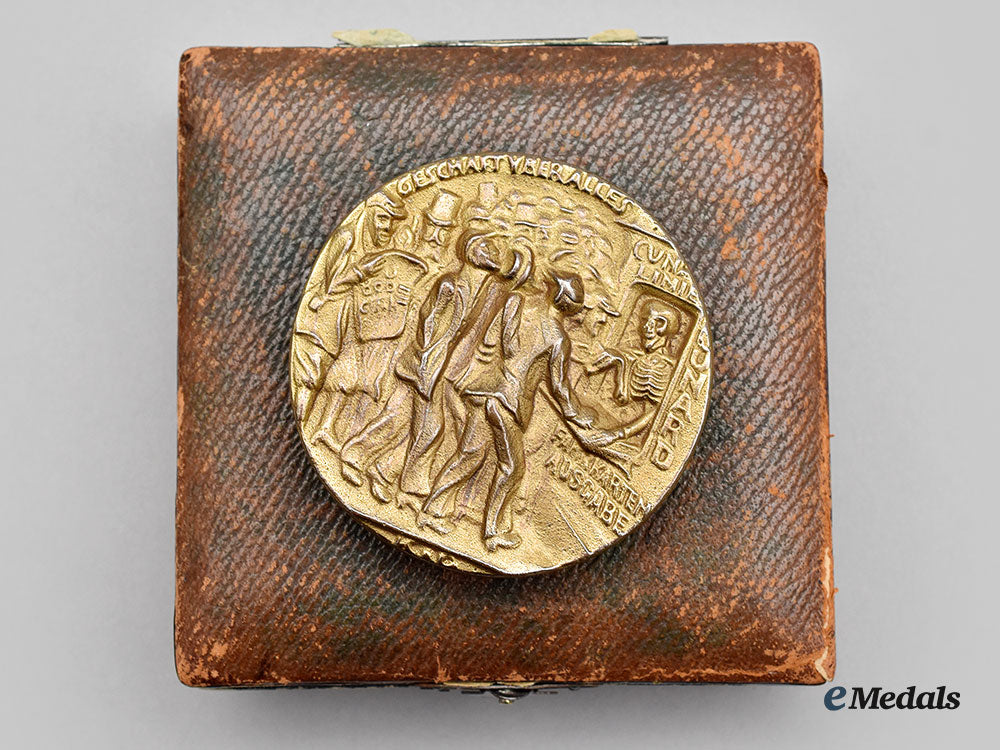
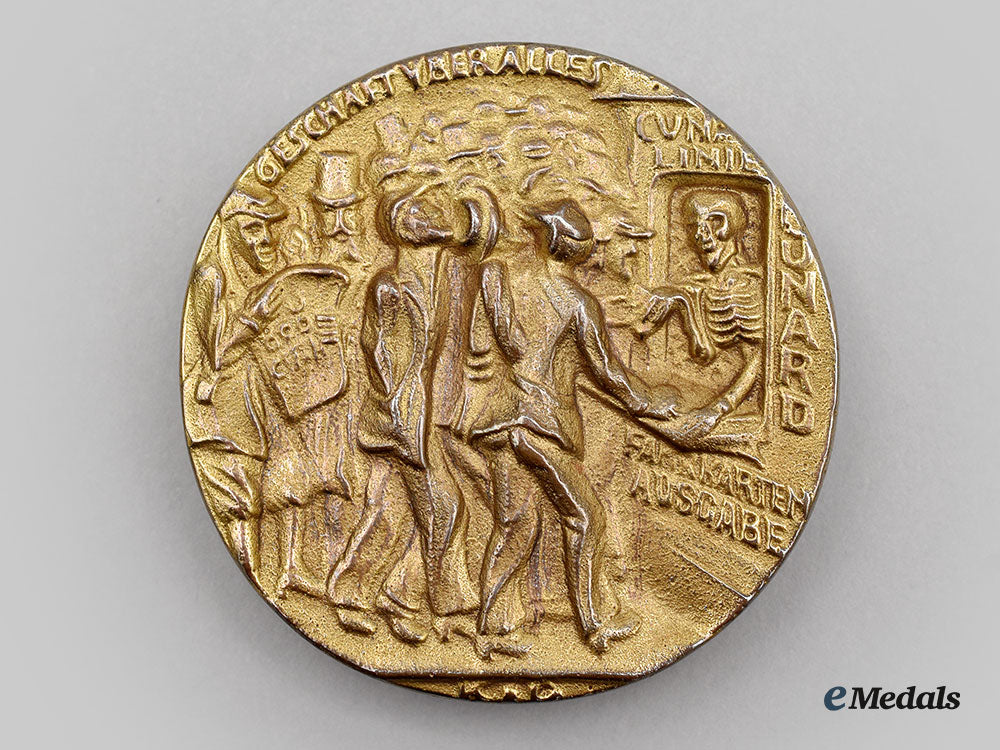
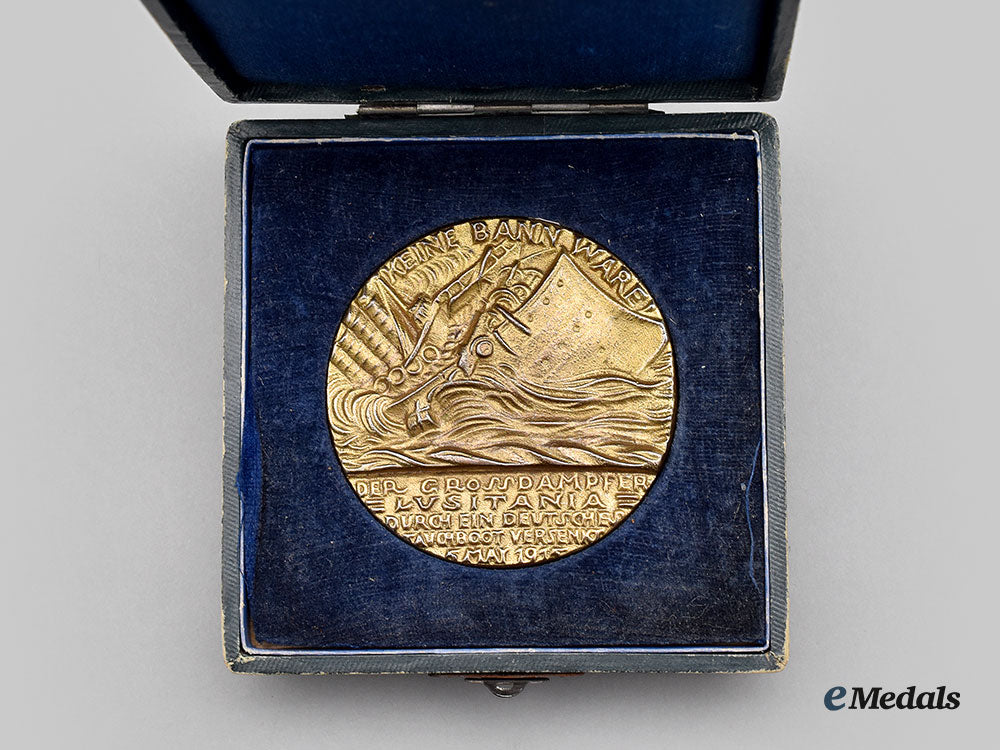
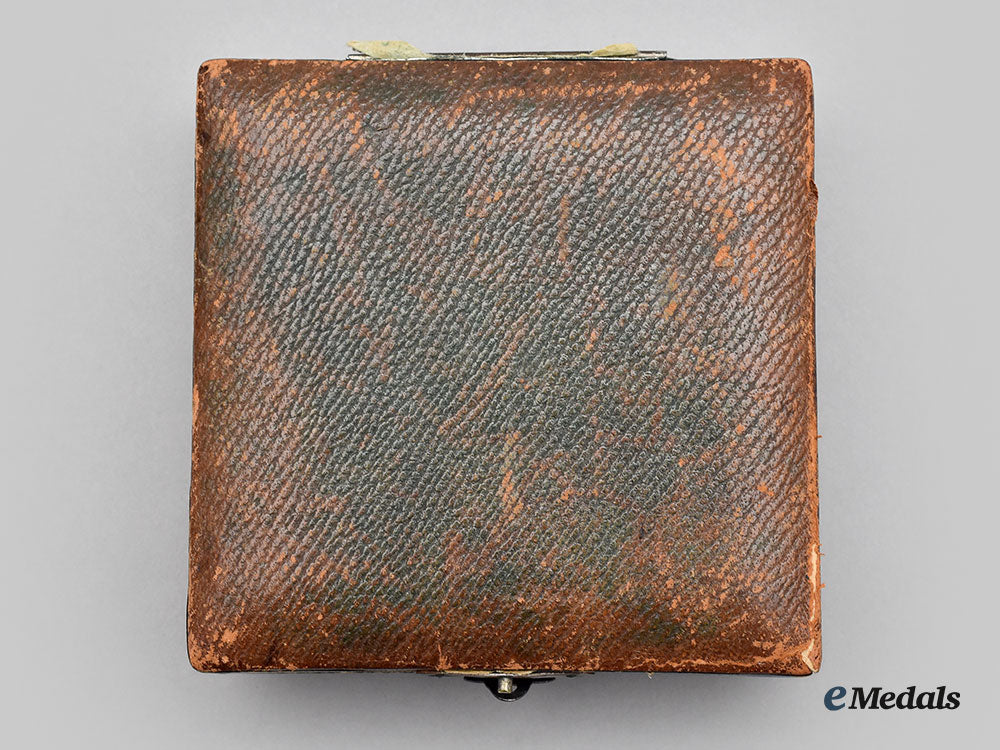
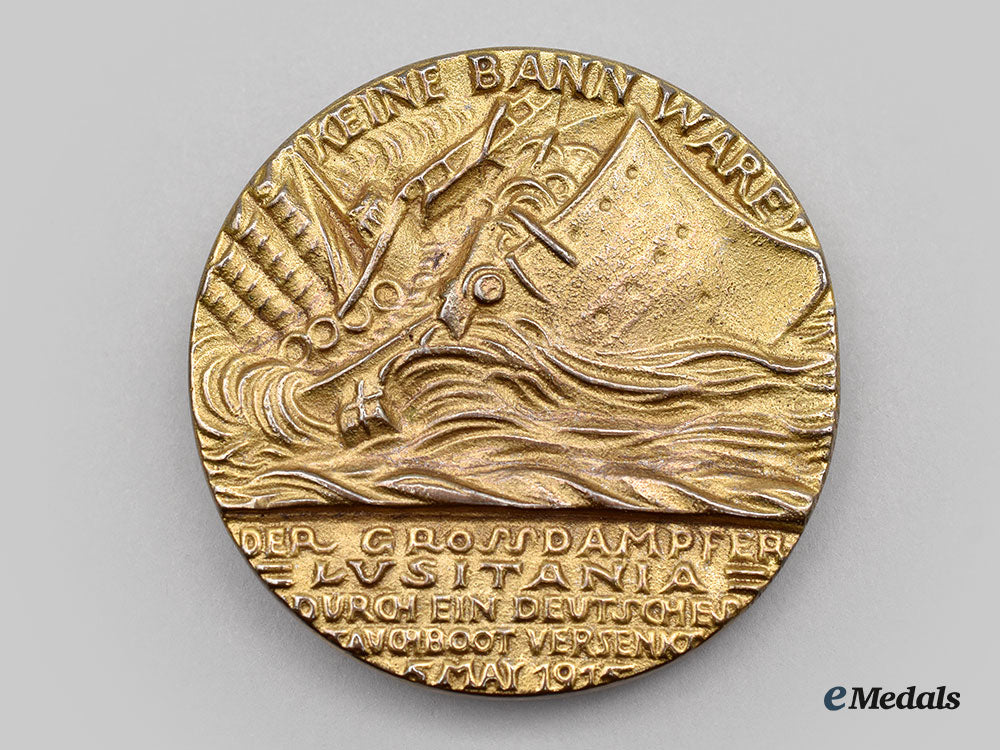
You May Also Like
Japan, Empire. A T90 Civil Defense Helmet, c.1943
W8287
Canada, CEF. A Large Oval Photo
C7175
International. A Lot of Five Medals & Badges
M0685-9
Italy, Kingdom. An Order of St. Maurice and St. Lazarus, c.1900
EU23629
Spain, Kingdom. A Royal and Military Order of St. Hermenegildo, Grand Cross Star, c.1880
EU23630
-
Japan, Empire. A T90 Civil Defense Helmet, c.1943
W8287
Add to CartRegular price $275 USDRegular price $0 USD Sale price $275 USDUnit price / per -
Canada, CEF. A Large Oval Photo
C7175
Add to CartRegular price $120 USDRegular price $0 USD Sale price $120 USDUnit price / per -
International. A Lot of Five Medals & Badges
M0685-9
Add to CartRegular price $200 USDRegular price $0 USD Sale price $200 USDUnit price / per -
Italy, Kingdom. An Order of St. Maurice and St. Lazarus, c.1900
EU23629
Add to CartRegular price $375 USDRegular price $0 USD Sale price $375 USDUnit price / per -
Spain, Kingdom. A Royal and Military Order of St. Hermenegildo, Grand Cross Star, c.1880
EU23630
Add to CartRegular price $685 USDRegular price $0 USD Sale price $685 USDUnit price / per
Do you have a similar item you are interested in selling?
Please complete the form and our client care representatives will contact you.
Sell Item














